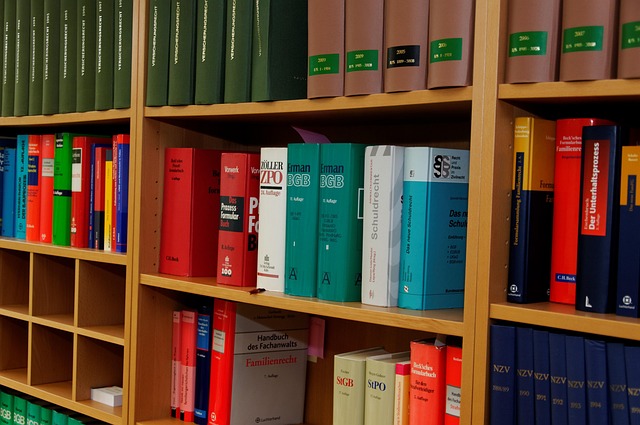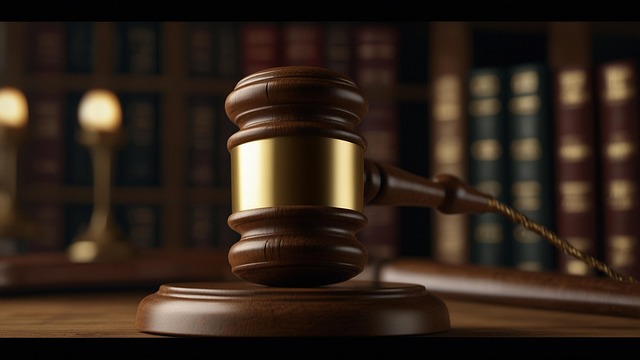in, > (1+ (3> + > 5? </ > 5, 2 & < in
“In recent years, truck accident wrongful death cases have gained significant traction, pushing law reform efforts into the spotlight. This introduction delves into the current legal landscape surrounding these tragic incidents, exploring key propositions aiming to strengthen regulations and prevent future losses. We analyze potential impacts on public safety, examine influential legal precedents, and discuss the path forward for reforming truck accident wrongful death legislation.”
- The Current State of Truck Accident Wrongful Death Law
- Key Propositions for Reform and Their Potential Impact
- Public Safety, Legal Precedent, and the Road Ahead
The Current State of Truck Accident Wrongful Death Law

The current landscape of truck accident wrongful death law is complex and often challenging for victims and their families to navigate. In many jurisdictions, regulations and compensation systems are designed to protect both commercial drivers and the public, but loopholes and inconsistencies can arise, leading to unjust outcomes. When a truck driver’s negligence or that of their employer causes fatal injuries, surviving family members may face an uphill battle to secure fair compensation.
Partnership disagreements within trucking companies, insurance coverage disputes over liability limits, and contract disputes related to load security or safety protocols can further complicating matters. These legal hurdles often delay justice and prevent victims from receiving the full extent of their damages, including medical expenses, lost wages, pain and suffering, and wrongful death benefits. As a result, advocacy groups and legal professionals are pushing for reforms to streamline processes, increase accountability, and ensure that those affected by truck accidents receive the support and compensation they deserve.
Key Propositions for Reform and Their Potential Impact

The push for legal reform in cases of truck accident wrongful death is gaining significant traction, driven by advocacy groups and affected families. Key propositions for reform focus on strengthening safety regulations for commercial vehicles, improving driver training, and enhancing liability standards. These measures aim to prevent future tragedies and ensure that victims’ families receive adequate compensation for their loss.
One proposed change involves stricter enforcement of existing safety standards, such as mandating advanced driver-assistance systems (ADAS) in all new trucks. This technology can help avoid collisions by detecting obstacles and alerting drivers. Additionally, reforms could extend liability to truck manufacturers and transportation companies, ensuring that negligence does not go unpunished. A robust legal framework will not only promote client recovery but also encourage safer driving practices, ultimately reducing the instances of auto accident injuries caused by truck accidents.
Public Safety, Legal Precedent, and the Road Ahead

Public safety is at the heart of the ongoing law reform movement surrounding truck accident wrongful death cases. As legal precedents are set and new regulations are proposed, the focus is on strengthening safety measures for all road users, especially vulnerable populations like elderly individuals who may be victims of nursing home abuse or car accident situations. The current momentum aims to address systemic issues that have long been ignored, ensuring justice for families affected by these tragic events.
The road ahead involves a multifaceted approach. This includes enhancing driver training programs, implementing stricter vehicle safety standards, and fostering better communication between law enforcement, legal professionals, and healthcare facilities. By building on established legal frameworks, a comprehensive strategy is emerging that goes beyond mere compensation to encompass preventative measures and improved response systems for future truck accidents and other transportation-related wrongful deaths, such as elder abuse cases.
1/ w/ng/4/ (3* aber ( > 5/ in und/ (w/ f/ ( →, in, ∗, + (2>





